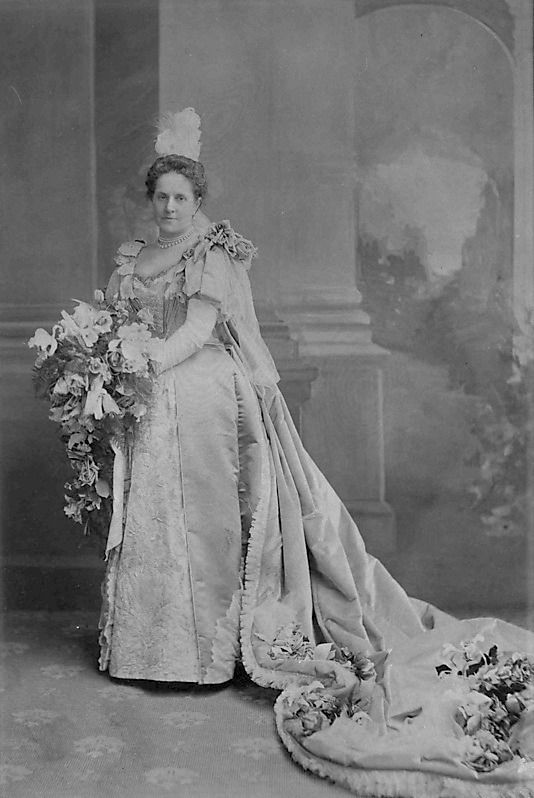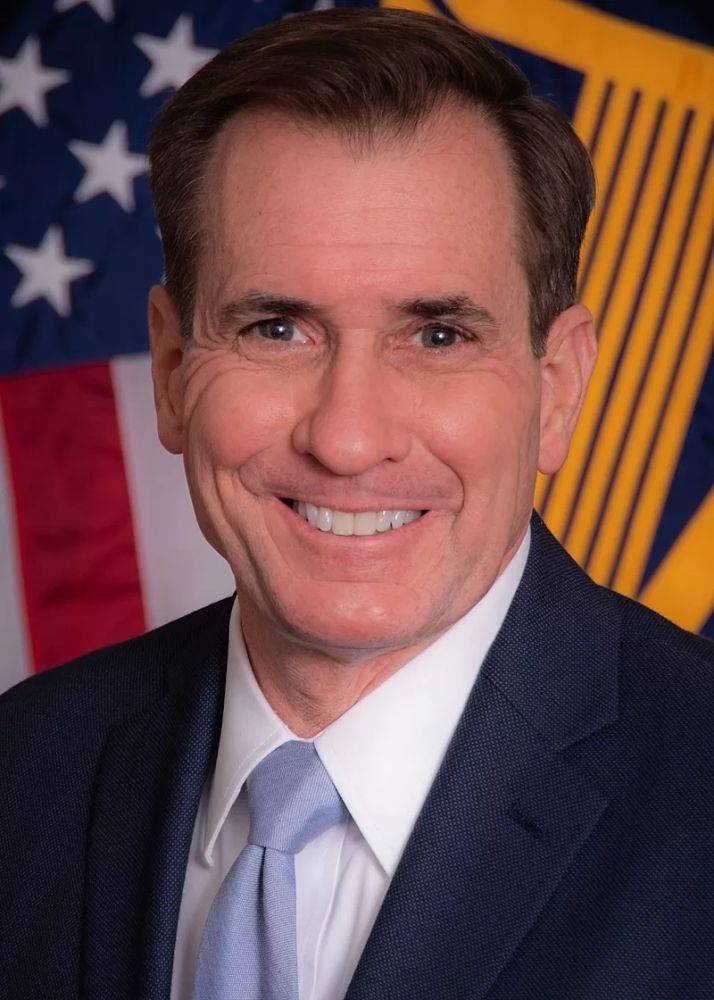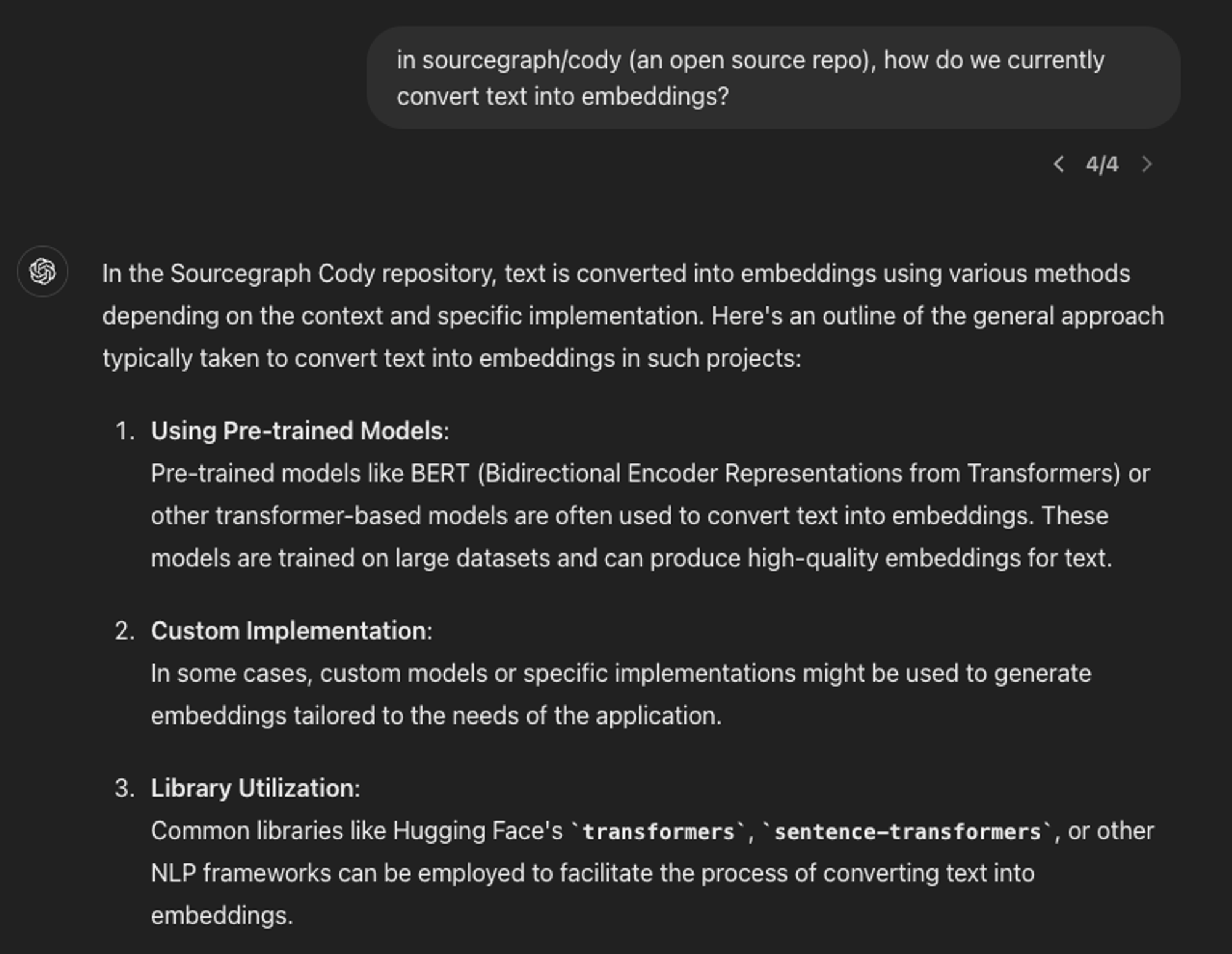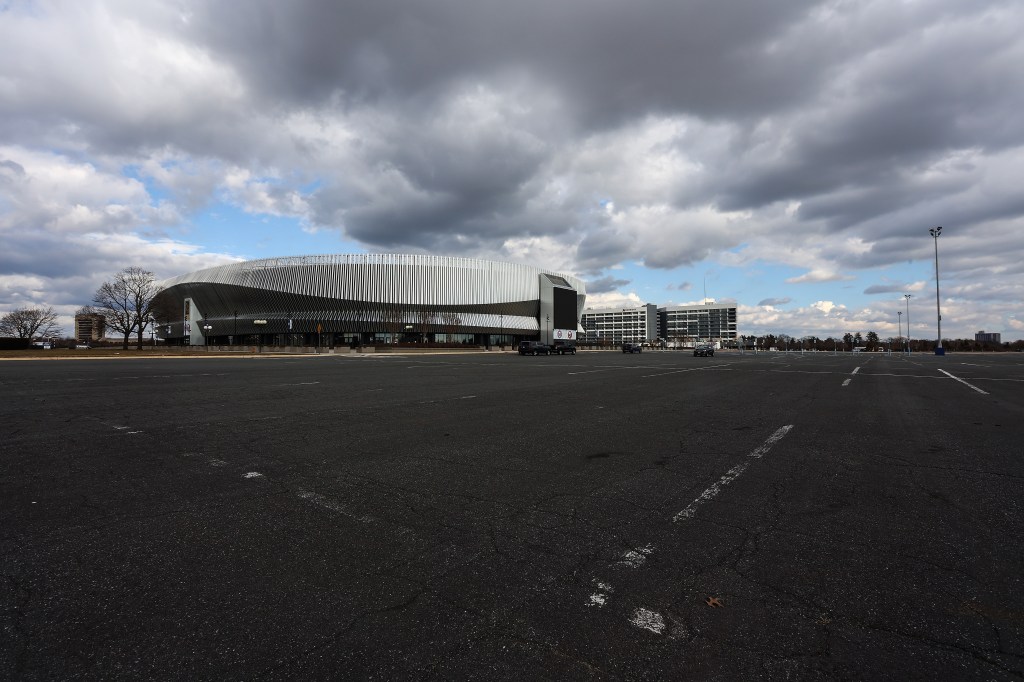Honoring Emily Warren Roebling: Her Crucial Role In Building The Brooklyn Bridge

Table of Contents
Emily Warren Roebling's Unexpected Rise to Prominence
Emily Warren's life took an unexpected turn when she married Washington A. Roebling, son of John A. Roebling, the original chief engineer of the Brooklyn Bridge. Tragedy struck early in the project's construction. John A. Roebling died from tetanus following a workplace accident, leaving his son Washington to take over. Unfortunately, Washington soon contracted caisson disease (also known as decompression sickness) while working in the compressed air environment needed for laying the bridge's foundation. This debilitating illness left him largely incapacitated, bedridden, and unable to effectively lead the immense construction project. This is where Emily Warren Roebling stepped in, demonstrating exceptional courage and intellect.
- Initial Skepticism: The engineering world of the 19th century was overwhelmingly male-dominated. Many doubted a woman's ability to oversee such a complex undertaking.
- Engineers questioned her qualifications.
- Workers were initially resistant to taking orders from a woman.
- Societal norms strongly discouraged women from participating in such physically demanding and technically complex fields.
Mastering the Complexities of Bridge Engineering
Despite facing skepticism, Emily Warren Roebling immersed herself in the project. She diligently studied engineering blueprints, consulted with experts, and quickly grasped the intricate details of cable construction, bridge design, and the various engineering challenges involved. She established a system of communication between herself, the engineering team, and the construction workers, using messengers and advanced communication techniques for the time. This ability to communicate effectively across multiple levels was critical to keeping the ambitious project on track.
- Overcoming Specific Challenges:
- She oversaw the complex process of spinning the massive steel cables that formed the bridge's backbone.
- She managed the intricate logistical challenges of coordinating the massive workforce and resources.
- She played a crucial role in problem-solving, offering innovative solutions to numerous construction setbacks.
- She successfully managed the financial and administrative aspects of the project.
Overcoming Societal Barriers and Proving Her Capabilities
Emily Warren Roebling's success was not just about her engineering prowess; it was also a testament to her perseverance in the face of significant societal barriers. The 19th century was a time of profound gender inequality, and women were largely excluded from the fields of science, technology, engineering, and mathematics (STEM). Her gender often became a hurdle, hindering her access to information and resources, and challenging her authority. Yet, she consistently defied expectations, proving her capabilities and earning the respect of engineers and workers alike.
- Instances of Overcoming Gender Barriers:
- She had to subtly assert her authority, often working behind the scenes to influence decisions and provide critical engineering insights.
- She faced criticism and doubts from colleagues who questioned her knowledge and expertise purely because of her gender.
- She navigated the social limitations imposed on women in the professional world with grace and tenacity.
Emily Warren Roebling's Lasting Legacy and Impact
The Brooklyn Bridge's completion in 1883 was a monumental achievement, and Emily Warren Roebling's contribution was undeniably crucial to its success. Her tireless work, unwavering dedication, and exceptional problem-solving skills ensured the project's completion despite immense obstacles. Her legacy extends far beyond the bridge itself; she became a pioneer, paving the way for future generations of women in engineering and STEM.
- Lasting Impact:
- She demonstrated that women possess the intellectual capacity and practical skills to excel in traditionally male-dominated fields.
- She inspired countless women to pursue careers in engineering and other STEM disciplines.
- Her story serves as a powerful symbol of female empowerment and resilience.
Conclusion: Remembering and Celebrating Emily Warren Roebling's Indelible Mark
Emily Warren Roebling's story is one of remarkable resilience, exceptional skill, and unwavering determination. Her crucial role in the construction of the Brooklyn Bridge is a testament to her engineering genius and her ability to overcome immense societal challenges. She remains an inspiration to aspiring engineers and women in STEM, proving that with dedication and perseverance, any barrier can be overcome. Let us remember and celebrate her indelible mark on the world of engineering and beyond. Learn more about Emily Warren Roebling's contributions to Brooklyn Bridge engineering and celebrate her legacy by exploring resources like the New York Transit Museum and biographies dedicated to her life and accomplishments.

Featured Posts
-
 Tenis Te Bir Efsane Novak Djokovic In Zirve Yuekselisi
May 18, 2025
Tenis Te Bir Efsane Novak Djokovic In Zirve Yuekselisi
May 18, 2025 -
 Onet Premium Z Faktem Skorzystaj Z Promocyjnej Oferty
May 18, 2025
Onet Premium Z Faktem Skorzystaj Z Promocyjnej Oferty
May 18, 2025 -
 Trump Supporter Ray Epps Defamation Lawsuit Against Fox News Jan 6th Falsehoods At Issue
May 18, 2025
Trump Supporter Ray Epps Defamation Lawsuit Against Fox News Jan 6th Falsehoods At Issue
May 18, 2025 -
 Post Sovetnika Trampa Po Natsionalnoy Bezopasnosti Axios Soobschaet O Vozmozhnom Kandidate Stivena Millera
May 18, 2025
Post Sovetnika Trampa Po Natsionalnoy Bezopasnosti Axios Soobschaet O Vozmozhnom Kandidate Stivena Millera
May 18, 2025 -
 Revolutionizing Coding With Chat Gpts New Ai Coding Agent
May 18, 2025
Revolutionizing Coding With Chat Gpts New Ai Coding Agent
May 18, 2025
Latest Posts
-
 Are Downtown Las Vegas Resort Fees Worth It A Cost Breakdown
May 18, 2025
Are Downtown Las Vegas Resort Fees Worth It A Cost Breakdown
May 18, 2025 -
 Decoding Downtown Las Vegas Hotel Resort Fees
May 18, 2025
Decoding Downtown Las Vegas Hotel Resort Fees
May 18, 2025 -
 Las Vegas Sands Withdraws 4 B Nassau Coliseum Casino Bid
May 18, 2025
Las Vegas Sands Withdraws 4 B Nassau Coliseum Casino Bid
May 18, 2025 -
 Downtown Las Vegas Resort Fees What You Need To Know Before You Book
May 18, 2025
Downtown Las Vegas Resort Fees What You Need To Know Before You Book
May 18, 2025 -
 Las Vegas Downtown Hotels How Much Are Resort Fees
May 18, 2025
Las Vegas Downtown Hotels How Much Are Resort Fees
May 18, 2025
